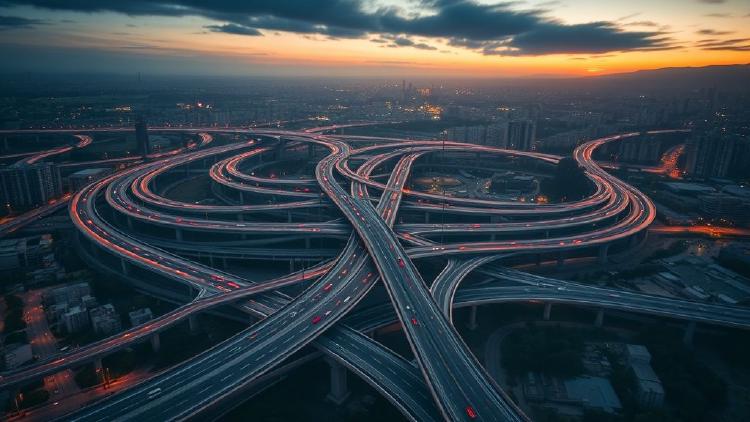TRAIN WARS: The 19th-Century Tech Crushing CO2
The average American car emits nearly five metric tons of CO2 annually, but the real scandal is that we already have a 19th-century solution that could crush that number: the train.
- AeigisPolitica
- 3 minute read

The average American car emits nearly five metric tons of CO2 annually, but the real scandal is that we already have a 19th-century solution that could crush that number: the train.
The average American car emits nearly five metric tons of CO2 annually, but the real scandal is that we already have a 19th-century solution that could crush that number: the train. Why are politicians letting a sprawling, polluting highway system hold our planet hostage when a rail revolution is already on the tracks?
This is not just about nostalgia for a bygone era; it’s a bombshell about political failure and corporate lobbying. You are being robbed of cleaner air, faster commutes, and a more resilient economy because of outdated infrastructure priorities.
The Highway Hostage Crisis
For decades, political capital and federal dollars have been overwhelmingly pumped into expanding roads and subsidizing air travel. This imbalance is not accidental; it’s a direct result of powerful auto and fossil fuel lobbies shaping transportation policy.
This is the injustice: we have a technology that is proven to be exponentially cleaner and more efficient, yet it receives a fraction of the investment. We are paying the price in suffocating city air and spiraling climate costs.
The Unbeatable Math of Steel Wheels
Consider the facts. Moving freight by rail is, on average, four times more fuel-efficient than moving it by truck. A single freight train can take hundreds of semi-trucks off the road, immediately cutting congestion and emissions in your community.
For passengers, the impact is even more profound. A high-speed electric rail line, powered by renewable energy, can reduce the carbon footprint of a cross-country trip by up to 90% compared to flying or driving. This isn’t theoretical; it’s the reality in Japan and Europe.
Why are we ignoring this simple, scalable solution? The answer lies in political power, not engineering feasibility.
Power Dynamics: Who Controls the Tracks?
The fight for rail funding is a classic political battle: the long-term public good versus short-term corporate profits. Every dollar diverted to a rail project is a dollar not spent on gasoline, asphalt, or car manufacturing.
A political source, speaking on condition of anonymity, revealed that state-level resistance is often fueled by local politicians prioritizing road projects that deliver immediate, visible results—like ribbon-cutting ceremonies—over complex, multi-year rail investments. This short-sightedness is a betrayal of future generations.
The hope lies in the massive, long-overdue infrastructure bills finally seeing the light of day. But the fear is that legacy interests will carve out the lion’s share, leaving rail with scraps. We must demand accountability now.
Your Commute, Your Future
Imagine a future where you can step onto a sleek, silent train and bypass the soul-crushing gridlock that steals hours of your life every week. This is what’s at stake: time, health, and the very stability of our climate.
The solution to our transport crisis isn’t a futuristic flying car; it’s the intelligent, massive expansion of the rail networks we already own. It requires political courage to stand up to the established lobbies and re-prioritize steel over asphalt.
Are you willing to let politicians continue to choose pollution and stagnation over prosperity and progress? Demand that your elected officials commit to concrete, aggressive rail expansion timelines. The track to a sustainable future is already laid; it’s time to pressure our leaders to finally put the train in motion.
Original Source: New Atlas
- Tags:
- Scandal